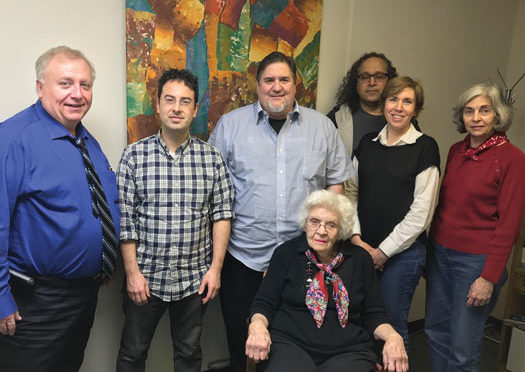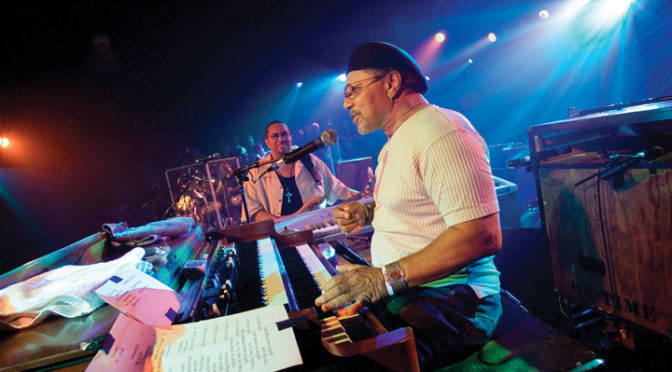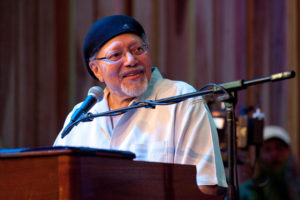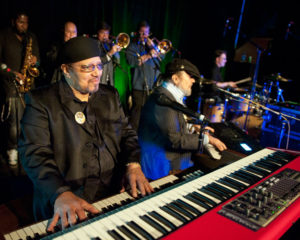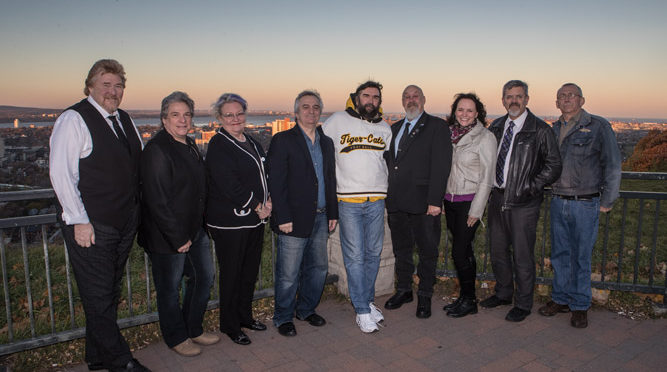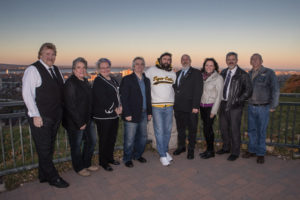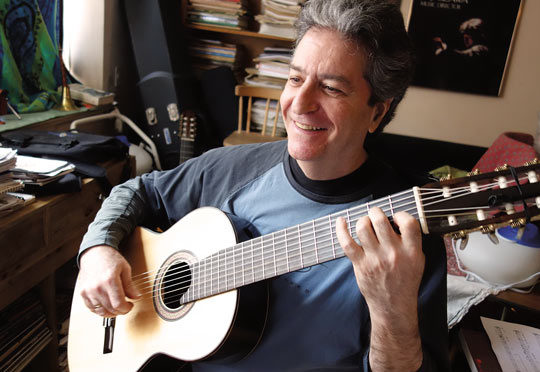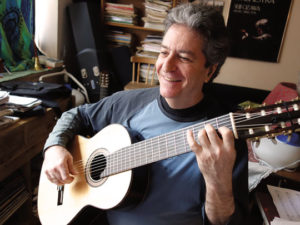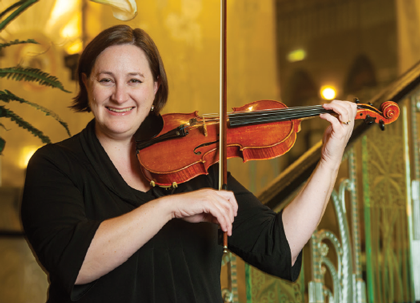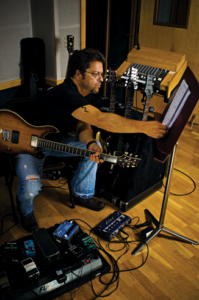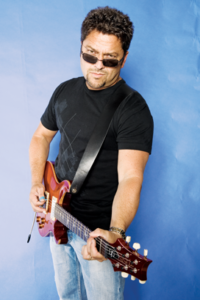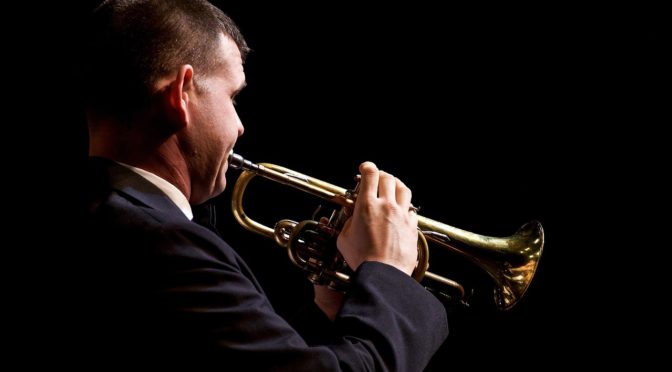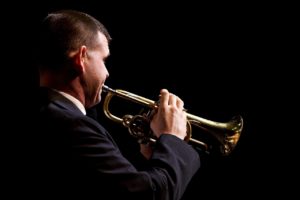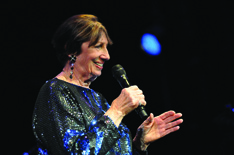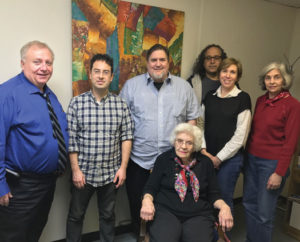
(L to R, in back) Local 123 (Richmond, VA) President George Tuckwiller, Vice President Tim Judd, new Secretary-Treasurer Scott Winger, and members Richard Serpa, Jill Serpa, and Jackie Spears. Seated in front is retired Secretary-Treasurer Laura Whitely.
Laura Whitely, secretary-treasurer of Local 123 (Richmond, VA) since 1981, has retired at age 92. She has kept the local office running for the past 35 years and for more than 30 years before that she helped her husband who also held the job. James Whitely, who died in 1990, was a professional musician and the local’s secretary-treasurer since the early 1950s. When he retired, she was officially elected to the position.
Local president George Tuckwiller III says, “Laura has been totally committed to the union since assisting her husband Jimmy many years ago. She is a force of nature, and at the tender age of 92, handled all of the secretarial duties to keep the Richmond Musician’s Association up and running.”
In fact, Tuckwiller says, “When I joined the union in 1969, it was Laura who handled the paper work and explained the obligations of membership to me.” The union would encourage her to run for re-election, but as Whitely explains, she no longer drives and quite simply, the time had come.
Although another member will be taking over for Whitely, Tuckwiller says she could never really be replaced. After 65 years, she is considered the union’s resident historian. As a member of the executive board, Tuckwiller says, “She has been our go-to person, and even though she is stepping down, we will continue to use her wisdom to guide the organization.”


